Strategies to Maintain the Ecosystems for Long-Term Health
- August 6, 2024
- 0 comment
Discover effective strategies to maintain the ecosystems for long-term health. Learn how enhancing biodiversity, conserving water, managing waste, and supporting local initiatives can sustain and protect our natural environments.
Understanding Ecosystems
Ecosystems are intricate systems composed of living organisms such as plants, animals, and microorganisms, along with their physical surroundings. These components interact continuously, forming a complex network of relationships that drive the natural processes vital for sustaining life on Earth. Understanding ecosystems involves recognizing how these relationships function to maintain balance within the natural world. For instance, plants convert sunlight into energy through photosynthesis, animals disperse seeds that enable plant reproduction, and microorganisms break down organic matter, recycling nutrients back into the soil. Each element plays a critical role in maintaining the ecological equilibrium.

Grasping the dynamics of ecosystems is essential for appreciating why preserving them is crucial. Recognizing the interconnections among different species and their environments helps us understand the broader impact of any disruptions to this balance. When ecosystems function properly, they provide invaluable services such as climate regulation, water filtration, and carbon storage, all of which are fundamental to life and human well-being. By studying ecosystems, we can learn not only how to protect these complex webs but also how to restore them when they are damaged, ensuring their ability to support life continues into the future.
The Importance of Maintain The Ecosystems
Maintaining ecosystems is vital for sustaining biodiversity and ensuring the stability of our natural environments. Healthy ecosystems are rich in biodiversity, hosting a wide range of species that contribute to the ecological balance. This diversity is not just crucial for the survival of individual species but also for the overall resilience of ecosystems. It enables them to withstand environmental disturbances and adapt to changes, ensuring their long-term stability and health. Furthermore, a diverse ecosystem supports natural processes such as pollination, nutrient cycling, and water purification, which are essential for life on Earth.
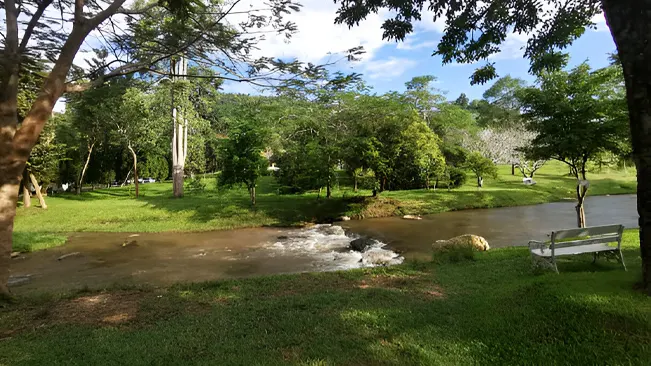
In addition to supporting biodiversity, ecosystems deliver critical services that benefit humanity and the planet. These ecosystem services include the purification of air and water, soil formation and preservation, and the decomposition of waste, among others. By actively maintaining and protecting ecosystems, we not only preserve these natural processes but also ensure a sustainable future for subsequent generations. It is through conscientious conservation efforts that we can safeguard these invaluable resources, promoting a healthier relationship between humans and the natural world.
Easy Ways to Maintain the Ecosystem in Your Surrounding Area
1. Enhancing Biodiversity
Enhancing biodiversity can start right in your own backyard by choosing native plants for landscaping. These plants are not only well-adapted to the local climate and soil but also provide crucial support to the local wildlife, offering them food and shelter. This, in turn, helps sustain a diverse range of species, from pollinators like bees and butterflies to various birds and small mammals, thereby bolstering the ecosystem’s overall health and resilience.

To further support wildlife, consider creating wildlife-friendly spaces in your garden. This can include setting up bird feeders and houses, and installing water features like bird baths or small ponds, which attract different species and enhance local biodiversity. Additionally, reducing or eliminating the use of pesticides protects beneficial insects and maintains the ecological balance, preventing negative impacts on the ecosystem. Natural pest management methods can be employed instead, promoting a healthier, more sustainable environment.
2. Conserving Water Resources
Conserving water resources is essential for sustainable living and can be effectively managed through several practical measures in our daily routines. Regularly checking for and repairing any leaks in your home’s plumbing, faucets, or irrigation systems is crucial, as even minor leaks can lead to significant water wastage over time. Additionally, adopting water-efficient landscaping by using drought-tolerant plants can greatly reduce the amount of water needed for outdoor spaces. Implementing a rainwater harvesting system can further enhance water conservation by collecting and repurposing rainwater for irrigation.
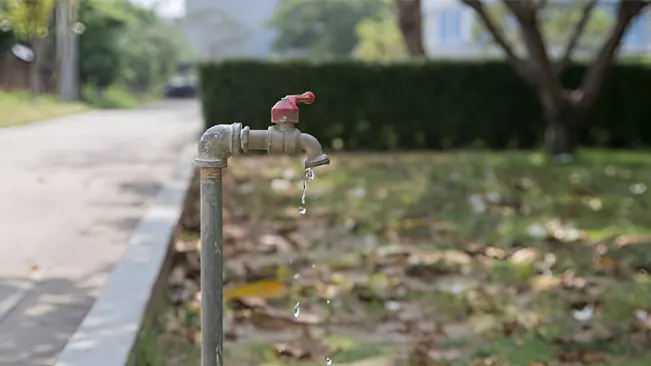
Being mindful about personal water use is another key aspect of conserving water. Simple actions like turning off the tap while brushing teeth, taking shorter showers, using efficient wash cycles in laundry machines, and ensuring gardens are not overwatered can significantly reduce water consumption. By promoting and practicing these water-saving habits both at home and in the workplace, we can contribute to a more water-efficient community, safeguarding this vital resource for future generations.
3. Proper Waste Management
Proper waste management is crucial for reducing environmental impact and can be effectively implemented by adhering to the 3R principle: reduce, reuse, and recycle. Reducing waste generation starts with mindful consumption and opting for products with minimal packaging. Reusing items extends their life and decreases the demand for new resources, while recycling materials like paper, plastic, glass, and metal helps conserve natural resources and reduce landfill waste. Each step in this principle plays a pivotal role in minimizing our ecological footprint.
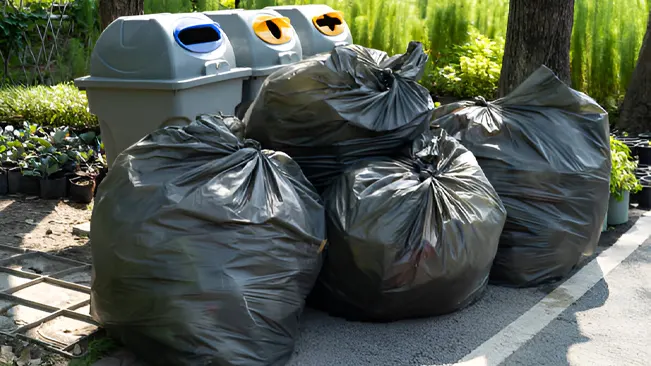
Additionally, composting organic waste such as food scraps and yard trimmings is an excellent way to contribute to waste reduction. Composting not only diverts waste from landfills but also creates nutrient-rich soil that can enhance garden health without the need for chemical fertilizers. For hazardous waste, such as batteries and chemicals, proper disposal is essential. These materials should be taken to designated collection points to prevent contamination of the environment, ensuring that harmful substances are handled safely and responsibly.
4. Supporting Local Environmental Organizations
Supporting local environmental organizations is a direct and impactful way to contribute to the conservation of nature and the promotion of sustainable practices within your community. Volunteering offers a hands-on opportunity to make a difference. By donating your time, skills, or resources, you can assist these groups in various activities, such as organizing events, running educational campaigns, or participating in ecological restoration projects. Such engagement not only aids the environmental cause but also fosters a sense of community and personal connection to local conservation efforts.
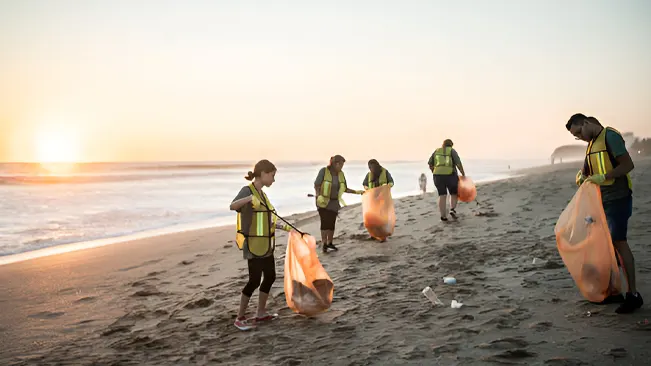
Financial support is equally crucial for the sustenance and expansion of environmental initiatives. Donating to local organizations or organizing fundraising events can provide the necessary funds to continue their vital work. For businesses, investing in green initiatives not only aids the environment but also enhances their reputation and commitment to sustainability. These contributions help ensure that environmental groups have the resources needed to address local ecological issues and promote long-term environmental stewardship effectively.
5. Engaging in Ecological Restoration Projects
Ecological restoration aims to recreate, initiate, or accelerate the recovery of an ecosystem that has been disturbed. Disturbances, such as deforestation, pollution, and climate change, are environmental changes that significantly alter ecosystem structure and function. The primary goal of ecological restoration is to return the ecosystem to its original state, or as close to it as possible, by reinstating its natural processes and biodiversity.

This involves a variety of techniques, including reforestation, wetland restoration, soil rehabilitation, and the reintroduction of native species. Successful restoration not only enhances the health and resilience of the ecosystem but also provides numerous benefits to human communities, such as improved water quality, increased carbon sequestration, and enhanced recreational opportunities.
6. Educating and Raising Awareness
Education and awareness are crucial for maintain the ecosystems. By staying informed about environmental issues, conservation practices, and recent scientific advancements, individuals can cultivate a deeper understanding of the importance of ecosystems and their role in them. Subscribing to environmental newsletters or following relevant platforms can help keep this information accessible and up-to-date. As knowledge grows, so does the capacity for responsible environmental stewardship, enabling more informed decisions that positively impact natural habitats.
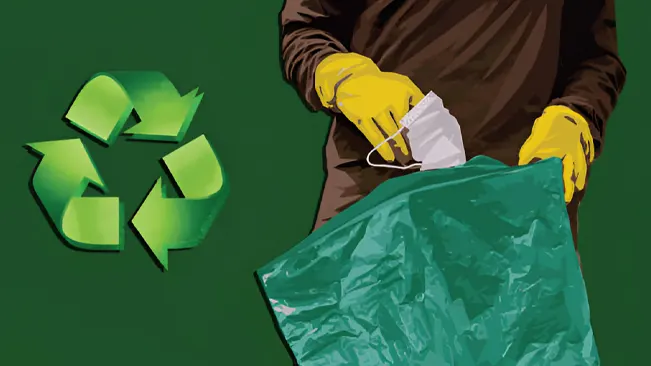
Sharing this knowledge plays a transformative role in multiplying the impact of environmental education. By discussing ecosystem maintenance with colleagues, family, and friends, and through community outreach, individuals can spread awareness and encourage collective action. Participating in or supporting local environmental education programs also enhances community understanding, equipping people with practical skills like sustainable farming. Such educational efforts not only increase ecological literacy but also empower communities to implement sustainable practices, leading to broader environmental benefits.
7. Protecting Wildlife
Protecting wildlife is a vital part of conserving biodiversity and maintain the ecosystems. Respecting wildlife habitats is crucial, especially during sensitive periods like nesting or breeding seasons when disturbances can have severe impacts on species survival. By avoiding the destruction of these habitats, we contribute to the preservation of biodiversity, which benefits environmental stability and resilience. Additionally, combating wildlife trafficking by reporting illegal trade and poaching activities to authorities is essential. Supporting these efforts helps curb the illegal wildlife market and protects species from exploitation and extinction.
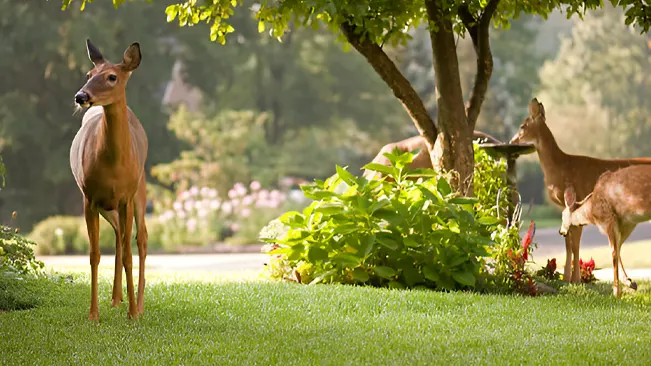
Encouraging responsible pet ownership is another significant step towards protecting wildlife. Pets, particularly cats and dogs, can inadvertently harm local fauna through predation or disturbance. Keeping pets controlled and away from sensitive natural areas can prevent such impacts. It’s also important to avoid supporting activities that exploit wildlife, such as roadside zoos or interactive experiences with wild animal cubs, which often contribute to conservation problems and animal distress. By adopting these practices, individuals can play a proactive role in wildlife conservation and ensure that future generations will also enjoy the diversity of life on Earth.
8. Sustainable Land Use Practices
Sustainable land use practices are essential for maintaining the health of our environment and ensuring the longevity of our natural resources. Adopting sustainable agriculture methods is a key component of this approach. Whether on personal farms or through supporting local farmers, implementing techniques that prioritize soil health, biodiversity, and water conservation can dramatically reduce environmental impact. Such practices not only enhance the productivity and sustainability of agricultural land but also support the broader ecosystem by maintaining natural habitats and reducing pollution.
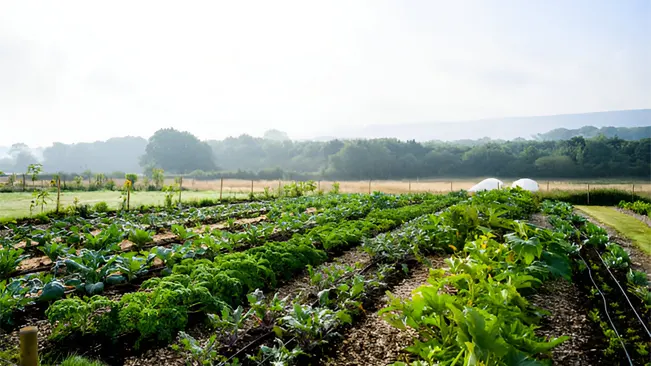
Furthermore, responsible land development is critical in minimizing the adverse effects of urban expansion and industrial growth. Practices that reduce habitat destruction and incorporate conservation areas into development plans help preserve biodiversity and ecological balance. Alongside this, promoting land restoration in degraded areas through reforestation, afforestation, soil rehabilitation, and specific habitat restoration projects can revitalize and restore the natural functions of these landscapes. These efforts are vital for reversing damage and ensuring that land remains viable and productive for future generations.
FAQ’s
- What are ecosystems and why is it crucial to maintain the ecosystems?
Ecosystems are complex networks of living organisms and their physical environments, interacting as integral systems. It is crucial to maintain the ecosystems because they provide essential services such as air and water purification, climate regulation, and biodiversity support, vital for life on Earth. - How can individuals actively maintain the ecosystems?
Individuals can actively maintain the ecosystems by reducing waste, using sustainable products, supporting local conservation efforts, and adopting environmentally friendly practices such as conserving water and avoiding pesticides. - What are the biggest threats to our ability to maintain the ecosystems?
Major threats to our ability to maintain the ecosystems include habitat destruction, climate change, pollution, invasive species, and overexploitation of resources. Each threat disrupts the balance of ecosystems and leads to biodiversity loss. - Why is biodiversity essential to maintain the ecosystems effectively?
Biodiversity is essential to maintain the ecosystems effectively because it enhances ecosystem resilience, allowing them to recover from disturbances, adapt to changes, and continue providing critical ecosystem functions. - How do conservation efforts support efforts to maintain the ecosystems?
Conservation efforts are fundamental in helping maintain the ecosystems. Establishing protected areas, restoring degraded lands, and enforcing wildlife protection laws help preserve ecosystems’ natural balance and health, ensuring they continue to sustain life on Earth. - Can urban areas contribute to maintain the ecosystems?
Yes, urban areas can contribute to maintain the ecosystems through green infrastructure such as parks, green roofs, and community gardens. These features support local biodiversity and help urban dwellers actively engage in ecosystem preservation. - What role does education play in efforts to maintain the ecosystems?
Education plays a critical role in efforts to maintain the ecosystems by raising awareness about their importance and teaching sustainable practices. Well-informed individuals are more likely to make decisions that help sustain and enhance ecosystem health.

Joel Cunningham
Forestry AuthorI'm Joel Cunningham, an expert in pruning and weed management with over a decade of experience. My skills are rooted in formal training and extensive practice, focusing on advanced pruning techniques and efficient weed control. I'm known for my quality work, precision, and deep understanding of plant health and soil dynamics. My contributions extend to educational initiatives where I share sustainable practices and advice, establishing myself as a reliable and authoritative figure in the gardening community.


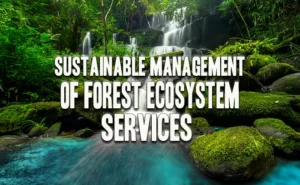
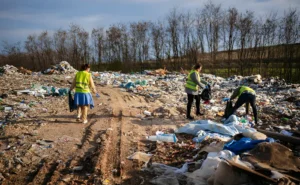




Leave your comment